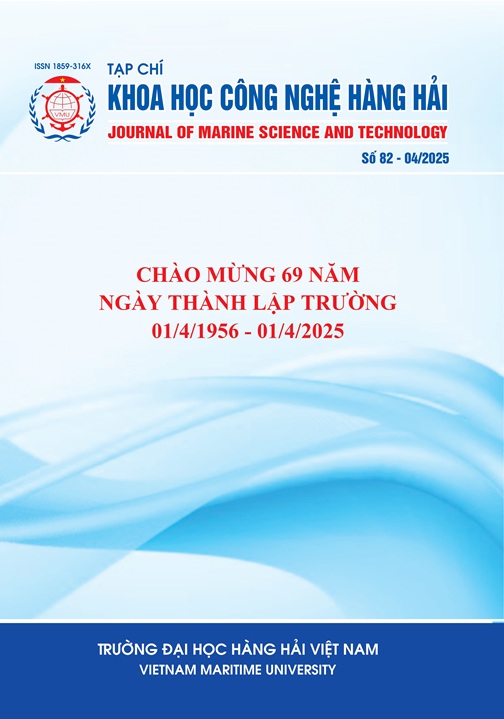Abstract
The PT-76 tank is an amphibious combat vehicle whose motion dynamics are influenced by environmental conditions both on land and in water. When operating in aquatic environments, surface waves play a critical role in modifying the dynamic characteristics of the vehicle, particularly its drag force, which is a key determinant of swimming efficiency. Understanding the impact of wave-induced disturbances on the vehicle motion is essential for assessing its operational performance and maneuverability. This study systematically examines the influence of surface waves on the dynamic parameters governing the straight-line swimming motion of the PT-76. The findings contribute to a more comprehensive understanding of the vehicle dynamic behavior and serve as a theoretical basis for optimizing its performance in amphibious operations, particularly in overcoming water obstacles.

